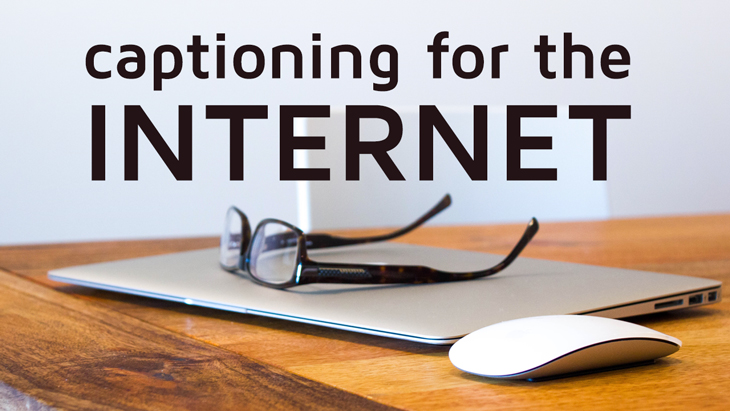Key Regulations for Closed Captioning Transcription
Someone has reached another important milestone in providing accessibility over the Internet. In October 2010, President Obama signed the 21st Century Communications and Video Accessibility Act (CVAA) into law. Among its requirements was the inclusion of closed captioning for video programming delivered over the Internet. The CVAA did not require every video on the Internet be closed captioned.
Instead, it charged the FCC with the responsibility to create industry regulations for accessibility that bridge the gap between video content for television broadcast and Internet distribution.
On Friday, March 30, 2012, the FCC published the rules in the Federal Register and set official deadlines for implementing captions.
Beginning as early as September 30, 2012, video content broadcast on television in the United States with captions will require captions when distributed over Internet Protocol (IP). This regulation ensures consistency in captioning across platforms.
It is valuable to understand exactly what the law defines as IP delivery.
Although the term Internet may suggest it refers to websites, it does not limit its scope to a web browser or even a personal computer.
This definition covers a large variety of devices.
Mobile smartphone apps, services like Hulu or Netflix, websites, YouTube, internet-enabled televisions, DVD players and gaming consoles are all examples of IP distribution devices.
The FCC also defines who is responsible for providing the captions.
Unlike regulations for television, which place requirements on stations and cable providers, the regulations for IP delivery place the major responsibility on the program owner. This shift in responsibility affects how content is distributed and captioned.
This means that if you own the copyrights to the material, you must provide captions. These captions must maintain the same quality as those displayed when broadcast on television.
The program distributor must pass them on to the end user without degrading them.
The new FCC rules, resulting from the CVAA, will take effect in four stages starting on September 30, 2012.
FCC rule 47 C.F.R. § 79.4(b):
Requirements for closed captioning of Internet protocol-delivered video programming.
All nonexempt full-length video programming delivered using Internet protocol must include closed captions. This requirement applies if the publisher or exhibitor shows it on television in the United States with captions on or after the following dates:
(1) September 30, 2012
For all prerecorded programming that is not edited for Internet distribution, unless it is subject to paragraph (b)(4) below.
(2) March 30, 2013
For all live and near-live programming, unless it is subject to paragraph (b)(4) below.
(3) September 30, 2013
For all prerecorded programming that is edited for Internet distribution, unless it is subject to paragraph (b)(4) below.
(4) The video programming distributor or provider must caption all programming already in their library. This must be done within 45 days after it airs on television with captions. This applies if the programming airs on or after March 30, 2014, and before March 30, 2015. The distributor or provider must caption such programming within 30 days after it airs on television with captions. This applies if it airs on or after March 30, 2015, and before March 30, 2016. They must caption it within 15 days after it airs on television with captions. This applies if it airs on or after March 30, 2016.
More detailed information is available by reading the Amendment(s) published March 30, 2012, in 77 FR 19515.

Ben Kalb
Ben is a broadcast engineer and creator of StationDrop. With a longevity in the broadcast industry, over 20 years, Ben has experience with everything from 1” tape reels to completely file-based workflows. Recently, Ben has broken into the world of coffee. Ask him about his latest brew.


